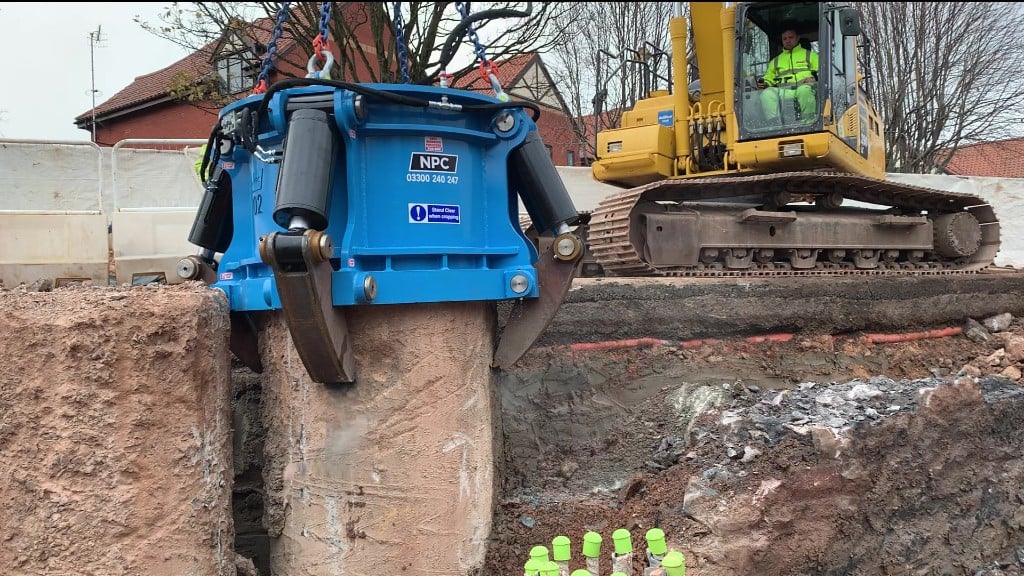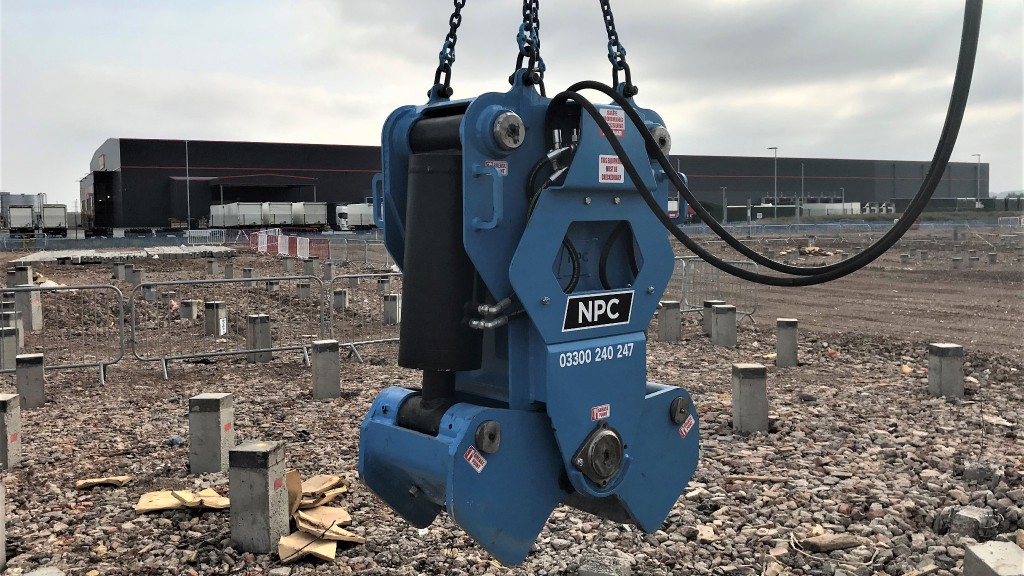
Precast concrete piles have been and are used for various civil engineering and construction structures, with common applications ranging from small housing developments to major inner-city renovation and construction and infrastructure projects. These piles are customizable length-wise and are suitable for a huge range of applications and ground conditions, offering a cost-effective piling solution once reduced.
In years gone by, concrete piles were reduced using methods such as hydraulic or diesel hammers and other inaccurate, expensive, and emission-producing methods. These methods risked damaging the integrity of the piles and gave rise to associated health problems such as HAV (Hand Arm Vibration syndrome) and the risks associated with manual work within unstable/subterranean ground conditions. As a result, hydraulic pile breakers were developed to make the task of reducing these piles safer and more efficient.
The first major steps in producing pile croppers began in the 90s, with the development and refinement of the pile cropping technology being undertaken by members of the current National Pile Cropper (NPC) team. This increased the reliability, safety, and cost-effectiveness of the equipment over a period of over 20 years. New equipment has been developed for the various types of piles and applications that are found within the construction industry.
Defining what a pile cropper is
A pile cropper (also known as a pile cutter or pile breaker) is a precise hydraulic shear with defined angles of deflection and points of contact ensuring a clean cut of the excess that does not interfere with the efficacy of the remaining pile. There are different types and sizes of pile croppers available, depending on the task at hand. For example, augured, bearing, contiguous, secant, CFA, trench, and helical displacement with croppers are available in varying sizes ranging normally from 300mm to 1,200mm in diameter.
Mounted on a 360O excavator via quick release fittings, pile croppers have proved their versatility and effectiveness in all sectors of the construction industry, from housing to commercial; public to private; and utilities, road, and rail. When lowered onto the concrete pile, the hydraulic system operates the jaw(s) which allows the pile cropper to cut a de-bonded pile and cause the concrete to break away leaving a horizontal finish as a result. In doing this the chisels penetrate in a precise direction up to the rebar to make the fracture. On bonded piles, the chisels will penetrate further, and due to the shape of the chisels and the reaction forces of the rebar, the concrete will break into pieces and can easily be lifted off the pile enabling the recycling of the cut-away concrete.
Using a hydraulic pile cropper
A connection between the excavator and the pile cropper is made via quick release fittings on excavators to both flow and return being required with pressures ranging from 150bar to 275bar. The excavator lifts the pile cropper over the pile and addresses the pile cut-off level where a complete horizontal fracture is made. The chisels penetrate in a horizontal direction up to the re-bar to make the fracture. On bonded piles, the chisels will then penetrate further and due to the shape of the chisels and the reaction forces of the rebar, the concrete will break into pieces and can easily be lifted off the pile.
When using a pile cropper, it is advised that the piles should be cast higher than the desired finish level. This is to ensure that any impurities or damage at the top of the pile is removed as part of the cropping process. In addition to this, it's important to consider whether a protrusion of the rebar (a reinforced steel bar that is contained within the concrete to offer extra stability) is required for the final height in order to allow for construction to take place.
In order to avoid damage to piles during cutting, it's important to ensure that the right type of cropping equipment is chosen. This is something that is essential for a successful pile-cutting project, especially when specific time frames need to be considered. A common problem often experienced during pile cutting is when fracturing or spalling occurs beneath the surface of the concrete. This is something that is very frustrating and time-consuming for construction teams to put right, as well as expensive from a financial point of view. Therefore, damage to piles should be avoided at all costs, which is something that using the correct pile cropper for the job can help to avoid.



